Before we talk about the types of retaining wall that could be the best pick for you, let us get you familiar with materials used for a retaining wall as well as the design elements that can be chosen for easing your task further.
You should always analyze the location along with your need, budget, and wish before making any decisions regarding retaining wall ideas.
So, one of the most common and popular choices is using concrete for retaining walls. One can either go for concrete blocks that can be assembled as per the desired size and shape of the retaining wall ideas or the concrete can be poured into the formation of the retaining wall.
In both cases, you get flexibility and durability. However, concrete poured into the formation will be stronger and more flexible compared to the blocks.
If concrete is not your type, then look out for bricks, they are equally durable to concrete and are flexible too, and they look classy. They can protect against natural elements and will not cost you much either.
Still, not determined. Then stones should be your choice. Why not? They are extremely durable, will stay intact long-term term, low maintenance, availability of sizes and textures for you to pick the most appealing in your eyes.
Let us look at some types of retaining walls that you can select for your project.
Gravity Retaining Wall
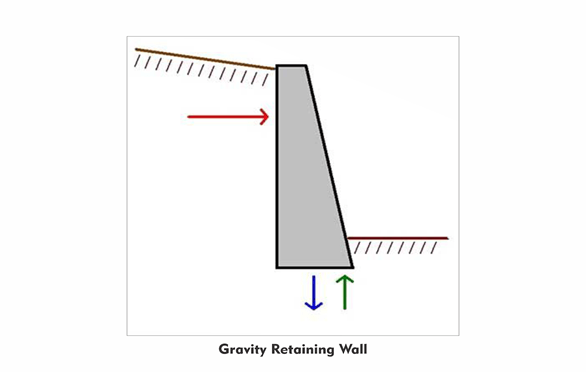
This retaining wall is used mostly in residential construction, although many times in commercial. To withstand the pressure of the earth, these walls rely on self-weight. They are constructed by using heavy materials like stone and concrete.
The material allows the gravity wall to be very thick along with a thicker base. The gravity walls are the perfect choice for battling soil pressure and are slightly leaned in the backward direction.
Gravity walls can be straight or curved, depending on your choice. As we mentioned above that they are large, they may take a little more space than any other retaining wall. Also, gravity walls are quite inexpensive unless it is not very tall.
As bigger and taller the wall, the higher the budget would go. They are a popular choice and are known for their structural integrity. You should decide the materials that would be used for making a gravity retaining wall for your property.
The location, along with the soil type and space of your property, will determine the gravity retaining wall construction.
Gabion wall

Gabion means a “big cage” in the Italian language. Gabion mesh is mostly used in civil engineering, for building roads, sometimes for military purposes. Still, it is also used for soil erosion control, and for that, we get gabion retaining walls. So, a gabion wall is built using steel wires or other such material that can be used for wiring.
A hollow structure is constructed using the metal wiring in the desired size; boxes are constructed using them that are held together. Then the boxes are filled using rocks, stones, any other material that would fit best.
A gabion mesh wall may not be that good-looking or creative, that does not mean it is of no use. A gabion wall will greatly do the task of stabilizing slope, limiting soil erosion, and they drain well, compared to other retaining walls.
We know this type of wall is beneficial, but did you know that they are also durable? A gabion wall mesh is much stronger than you can think of, as they are made from metal wire and stones or rocks.
They can last for decades normally, will only be out of use when the metal wiring will slowly start to erode. Most of the gabion walls do not require a foundation for building them, plus they are reasonably affordable.
Sounds like a retaining wall for your project.
Cantilevered Wall
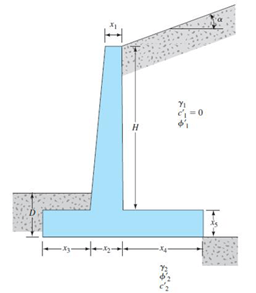
Cantilever retaining walls abide by the leverage principle; they are, for the most part, is built in a T shape but reversed. For that, either concrete is used or mortared masonry.
If we compare cantilever retaining walls to the other type of retaining wall, then these walls would require less construction material.
They comprise a moderately dainty stem and a base chunk separated into two sections: the heel and toe. The heel is the piece of the base under the refill, while the toe is the other part.
Cantilever walls are one of the most common types of retaining walls in use. For most of the part, they are excellent to be used at commercial sites but are capable of residential use.
They can prevent an enormous quantity of soil. They do not cost much unless you plan for a wall that will be taller than 10 meters.
Anchored Wall
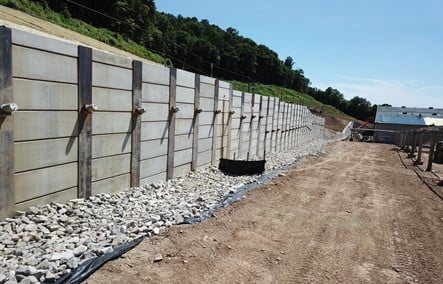
The objective of these types of walls is the same as that of other retaining walls.
Anchored walls are mostly used at places where the loose soil is above rocks, space is limited for building retaining walls, or the wall needs to be retaining yet thin and high. When higher loads are expected, this wall is preferred.
Anchored walls are built using cables or other strong and durable metal; they are anchored inside the rock or soil on both the bottom and topside.
After anchors are driven into the chosen material, they are extended on the end of the cable by inserting concrete that is pressurized into the hole.
This is done for better strength and for properly securing the anchors. No wonder why it is named as an anchor retaining wall.
Which One Is Best for You?
Out of all the retaining wall ideas and numerous types of wall we listed above, you should either choose one from them or another such suitable wall retaining system for your project.
We suggest that you evaluate and gather details regarding the soil type, how much space you’ve available, the problems you are facing, and most importantly, the amount of money you are willing to spend on your project.
Once you are clear about that, then nobody can stop you from creating a brilliant outdoor space.


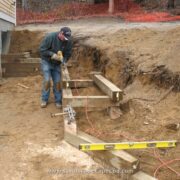
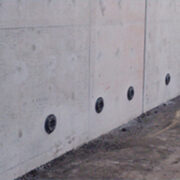
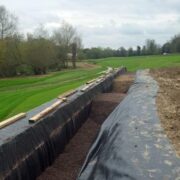


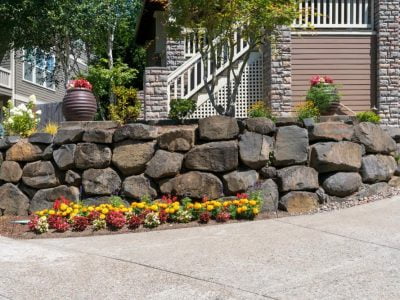

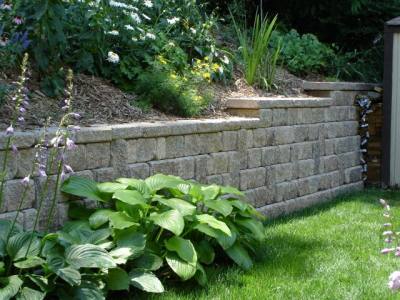
Comments